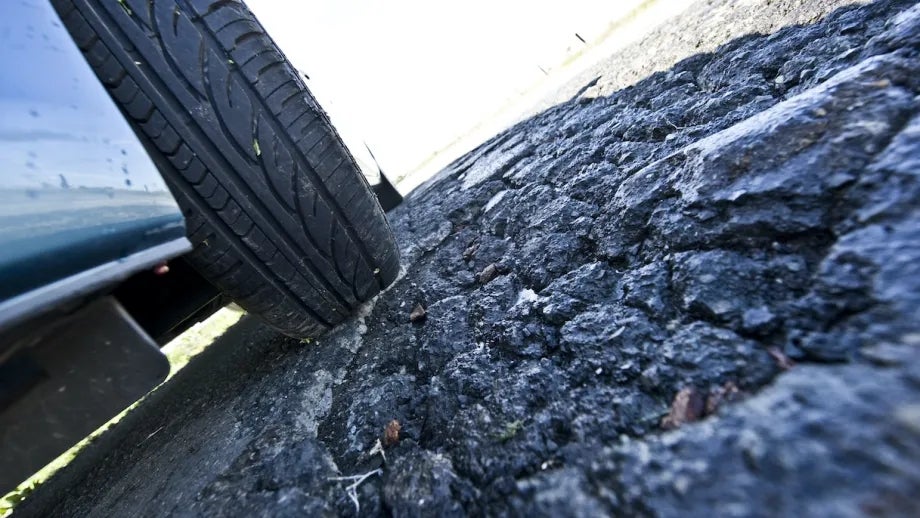Pavement Management Technical Assistance Program (P-TAP)
MTC’s Pavement Management Technical Assistance Program (P-TAP) helps the Bay Area’s cities and counties make cost-effective improvements to streets and roads.
An ounce of prevention is worth a pound of cure, especially when it comes to funding local streets and roads.
MTC’s Pavement Management Technical Assistance Program (P-TAP) uses federal dollars to help Bay Area cities and counties stretch their road budgets by:
- Implementing, updating and maintaining pavement management databases
- Providing accurate pavement condition data to city councils, county supervisors or other local decision makers
- Supporting the region’s management of non-pavement street and road assets, such as signs, storm drains, curbs and gutters, traffic signals and street lights as pilot projects
MTC has dedicated about $2.0 million of federal money annually for P-TAP grants through the 2023-2024 fiscal year.
We issue a call for projects every fall. All Bay Area cities and counties within the region in charge of maintaining streets and roads are eligible to apply for P-TAP funds.
The local streets and roads owned and maintained by the Bay Area’s nine counties and 101 cities include nearly 43,500 lane-miles of pavement.
Add curbs, gutters, sidewalks, storm drains, traffic signs, signals and lights — which are all needed to keep our roadways functioning.
To replace this network would cost something on the order of $40 billion or more.
Heavy vehicles such as trucks and buses put far more stress on pavement than a passenger car does.
A bus exerts more than 7,000 times the stress of a typical sports utility vehicle, while garbage trucks exerts more than 9,000 times as much stress.
Not surprisingly, cracks appear more quickly on streets with large traffic volumes and/or heavy use by trucks and buses.

